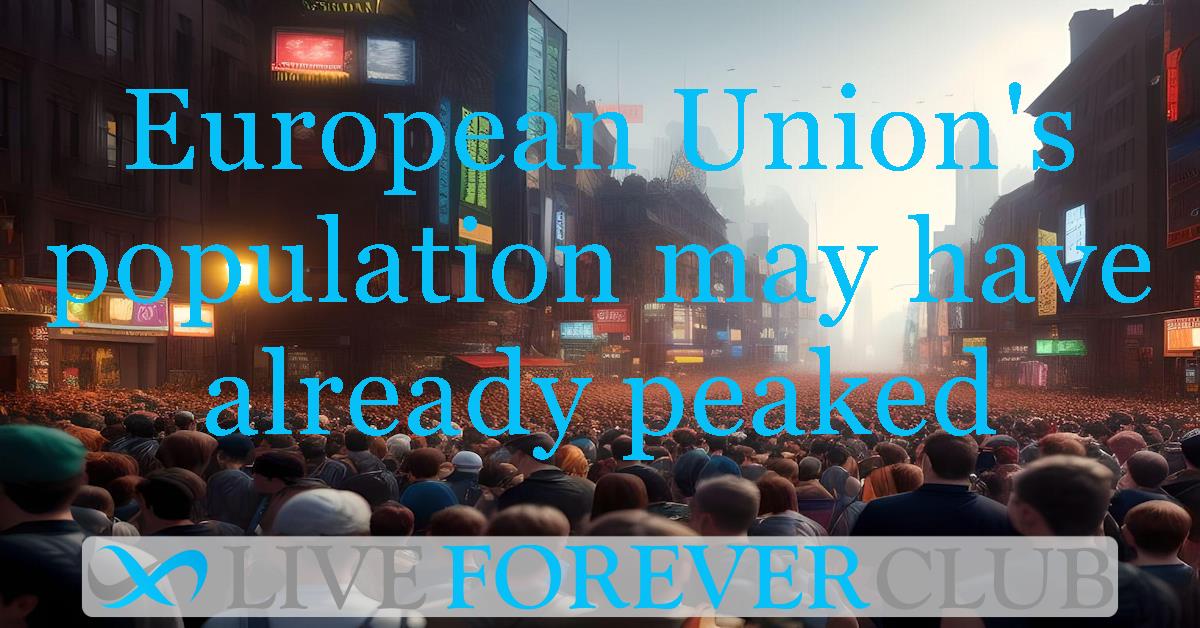Key points from article :
Eurostat has published its latest Demography of Europe report.
As of 1st January 2022, the European Union (EU) population was 446.7 million, with Germany being the most populous Member State.
From 2001 to 2020, the EU population increased by 4%. However, between 1st January 2020 and 2022, the population decreased by 585,000 people.
Over the period 2002-2022, the share of persons aged 65 and over increased in all Member States, from 16% to 21%. Conversely, the share of young people (aged 0 to 19 years old) decreased from 23% to 20%.
The share of the population aged 80 and over grew from 3.5% in 2002 to 6.1% in 2022 in all Member States.
The median age of the EU population increased from 38.7 years in 2002 to 44.4 years in 2022.
The crude birth rate in the EU decreased from 10.2 in 2001 to 9.1 in 2021.
The crude death rate was 9.9 in 2001, fluctuated over the years, and reached 11.9 in 2021.
The EU’s natural population change has been negative since 2012, largely due to the ageing population and the impact of the COVID-19 pandemic.
In 2021, the highest negative crude rates of natural population change were in Bulgaria, Latvia, and Lithuania, while the highest positive ones were in Ireland, Cyprus, and Luxembourg.





